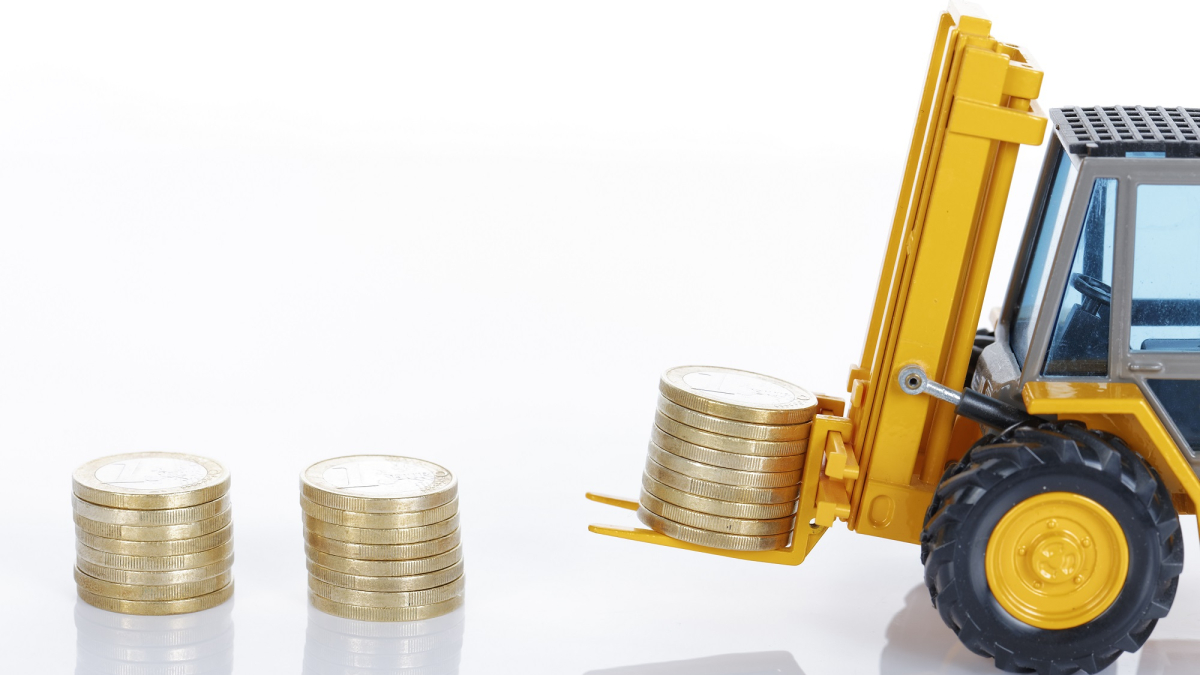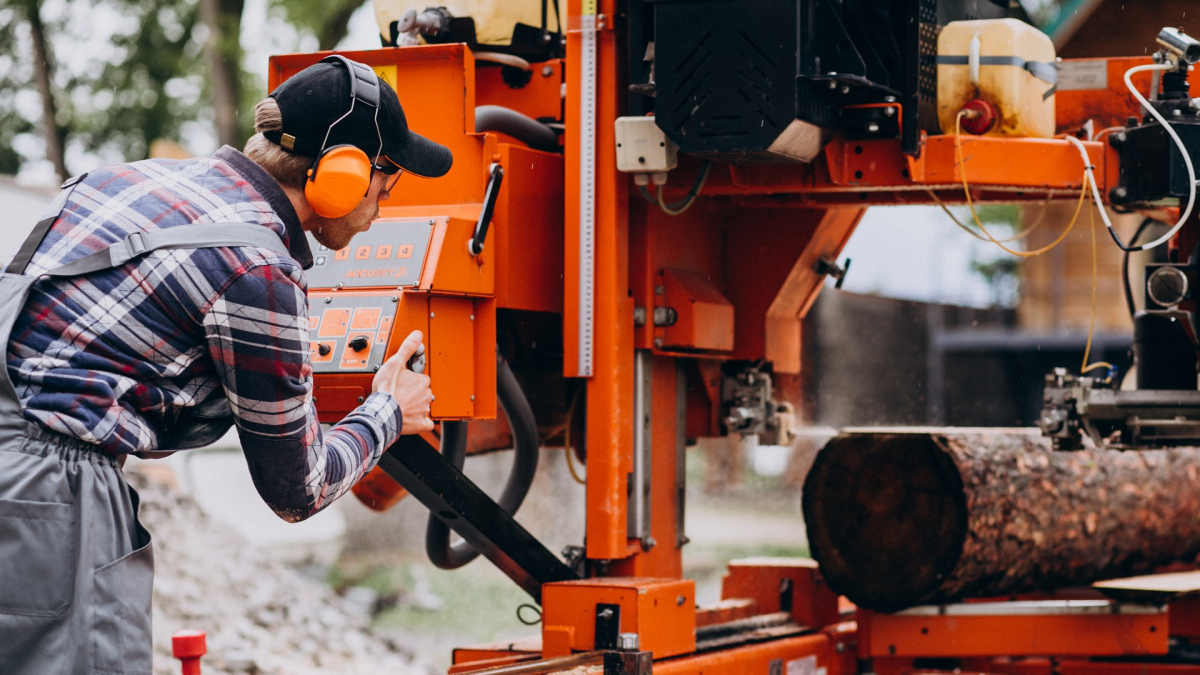
The old adage “It’s not what you know, but who you know” holds true in the world of equipment financing. This is especially the case for business owners with less-than-perfect credit. Credit scores don’t paint the whole picture. While your credit score and financial statements are top priority for traditional lenders, there’s an often-overlooked asset that can swing the equipment financing decision in your favor with Story lenders: relationships.
Why Relationships Matter from a Financing Applicant’s Perspective
All business relationships, including those providing financial solutions, matter. Unlike traditional or large corporate banks, many equipment financing providers, like Global Financial & Leasing Services (GFLS), value personal relationships. We strive to understand the unique needs and challenges of each business owner. By nurturing this relationship, you help position you and your business in a favorable light. Strong relationships with lenders provide a holistic view of your business—your dedication, past successes and future potential.
Also, having strong ties with your suppliers can lead to negotiation power. This can result in being offered better terms, discounts or even referral advantages—all of which appeal to equipment financing lenders.
Five Ways to Build and Nurture Relationships for Equipment Financing Approval
- Start Early
Establish a connection with your potential lender and suppliers before you need financing. Ways to make connections include attending industry events, joining trade associations and arranging informational meetings. Interested in talking to one of our Certified Lease and Finance Professionals (CFLP)? Schedule a meeting.
RELATED READING: Working with a Certified Lease and Finance Professional (CFLP) is a Smart Decision
- Be Transparent
Transparency goes a long way. Be upfront about your financial challenges, offering context and showing how you’ve tackled these issues.
- Foster Mutual Benefit
Think of ways you can benefit your lenders and suppliers. Offer them testimonials, referrals or partnership opportunities.
- Stay in Touch
Maintain regular communication, sending updates or just a simple note of progress. Regular interactions with your lender, even outside of immediate financing needs, solidify trust. Celebrate milestones with them, discuss challenges or provide industry updates. This ongoing engagement underscores the value you place on the relationship, extending beyond mere transactions.
- Be Informed
Understanding the intricacies of equipment financing shows your lender and suppliers your commitment and knowledge.
What Your Equipment Financing Partner Would Like from the Relationship
Very similar to how you can build and nurture relationships with your equipment leasing partner, your lender also looking for specific information and qualities through their relationship with you. You can help them gain insight into what Story lenders value: character, business acumen and collateral.
Since Story lenders don’t prioritize credit scores, lenders, like GFLS, want to get to know you. Showing integrity, commitment and responsibility speaks to your character. Understanding industry trends reflects business acumen. And, showcasing other valuable assets, beyond the equipment financed itself, improves collateral considerations.
For example, after we approved and commenced the lease, a freight brokerage firm was able to secure a Master Carrier Agreement with a major steel company. The signed agreement represents at least four years of work for our customer and opens up the opportunity to land other heavy hauling projects.
The Power of Referrals and Recommendations
Part of the power of relationships is the influence of referrals and recommendations that comes along with them. As you nurture your connections.
Seek out referrals from all connections. Don’t hesitate to ask your lender, suppliers or even other business colleagues for referrals. They might introduce you to other business growth ideas or supplier options that are aligned with your needs.
All relationships benefit from a give-and-take approach. Be generous with your recommendations. If a particular lender or supplier provided exceptional service, share that with your network. Your endorsement not only strengthens your bond with that person, but also positions you as a valuable connection in your industry.
Here’s another story about the power of relationships in equipment financing:
A 20-year-old trucking and excavating company that specializes in lawn care, excavating, digging basements, building foundations for new homes, and snow removal in the winter. Ninety percent of their customers are commercial businesses, such as nursing homes and cemeteries. Ten percent is residential business. One of their large customers is a state government, for which they are a subcontractor for snow removal.
The client says, “We were able to acquire the equipment quickly, and it was so fantastic to work with Pat, who was amazing, and Rachelle, who made it very easy and quick for them to go through the finance process.”
They would not have been able to secure the account if it were not for having the equipment we financed for them. This equipment enabled them to grow their business, as well. Prior to our financing solution, they had to rent equipment, which was more expensive. Additionally, since this was used equipment, they had difficulty finding someone who would provide the equipment financing.
Global Financing & Leasing Services (GFLS) simplifies and speeds up the equipment financing process. We have a history of successful lending, access to capital and commitment to our mantra: “When Other Lenders Say No, We Often Say Yes.”™ If you’d like to learn more about equipment leasing and financing up to $1 million for an SMB, contact us.



 If you’ve ever purchased a vehicle, then you know what they say about new ones. A new vehicle depreciates thousands of dollars as soon as you drive it off the car lot. This alone is enough steer buyers toward purchasing only previously-owned vehicles. And, there is the price difference between new and used vehicles that keep budget-focus buyers solely in the more affordable used market. On the other hand, there are buyers who insist on purchasing only new vehicles, either due to personal preference, not knowing the previous owners’ maintenance diligence, and/or knowing they’ll keep the vehicle long enough to pay new vehicle pricing.
If you’ve ever purchased a vehicle, then you know what they say about new ones. A new vehicle depreciates thousands of dollars as soon as you drive it off the car lot. This alone is enough steer buyers toward purchasing only previously-owned vehicles. And, there is the price difference between new and used vehicles that keep budget-focus buyers solely in the more affordable used market. On the other hand, there are buyers who insist on purchasing only new vehicles, either due to personal preference, not knowing the previous owners’ maintenance diligence, and/or knowing they’ll keep the vehicle long enough to pay new vehicle pricing.
 In today’s competitive market, staying ahead often requires having the latest equipment and technology. However, obtaining the necessary funds for equipment purchases can be challenging, especially for individuals with less than perfect credit scores. As an alternative lender committed to supporting entrepreneurs in all financial circumstances, we understand the importance of equipment financing and aim to simplify and fast track the application process. So, let’s walk through the steps of applying for equipment financing, helping you to secure the resources you need to move your business ahead.
In today’s competitive market, staying ahead often requires having the latest equipment and technology. However, obtaining the necessary funds for equipment purchases can be challenging, especially for individuals with less than perfect credit scores. As an alternative lender committed to supporting entrepreneurs in all financial circumstances, we understand the importance of equipment financing and aim to simplify and fast track the application process. So, let’s walk through the steps of applying for equipment financing, helping you to secure the resources you need to move your business ahead.
 Forward-thinking business owners understand the necessity of having access to financing options to support their company’s growth. There are a lot of articles stating how difficult small business loans are to obtain today. Even though the specific statistics vary depending on the source, the trend is crystal clear. The number of small business loans being approved through traditional lenders, like big banks and credit unions, continues to decline and alternative lenders, like Global Financial & Leasing Services (GFLS), offer hope for approval. In fact, we trademarked the phrase, “When other lenders say no, we often say yes.”
Forward-thinking business owners understand the necessity of having access to financing options to support their company’s growth. There are a lot of articles stating how difficult small business loans are to obtain today. Even though the specific statistics vary depending on the source, the trend is crystal clear. The number of small business loans being approved through traditional lenders, like big banks and credit unions, continues to decline and alternative lenders, like Global Financial & Leasing Services (GFLS), offer hope for approval. In fact, we trademarked the phrase, “When other lenders say no, we often say yes.”
 It’s only second quarter of 2023 and three banks—First Republic Bank, Signature Bank and Silicon Valley Bank—have failed. While First Republic Bank was the last to fail so far this year, it is the second largest bank failure in history with approximately $229 billion in assets before failing, second only to Washington Mutual’s collapse in 2008, holding $307 billion at the time.
It’s only second quarter of 2023 and three banks—First Republic Bank, Signature Bank and Silicon Valley Bank—have failed. While First Republic Bank was the last to fail so far this year, it is the second largest bank failure in history with approximately $229 billion in assets before failing, second only to Washington Mutual’s collapse in 2008, holding $307 billion at the time.


 The news of recession is still looming, and big banks rallied to bolster smaller banks in light of the Silicon Valley bank run. We are starting to see the beginning of tighter credit restrictions—tightening harder with each real or anticipated interest rate hike. These restrictions will disproportionately affect small and mid-sized companies, especially those whose owners have less-than-perfect credit.
The news of recession is still looming, and big banks rallied to bolster smaller banks in light of the Silicon Valley bank run. We are starting to see the beginning of tighter credit restrictions—tightening harder with each real or anticipated interest rate hike. These restrictions will disproportionately affect small and mid-sized companies, especially those whose owners have less-than-perfect credit.
